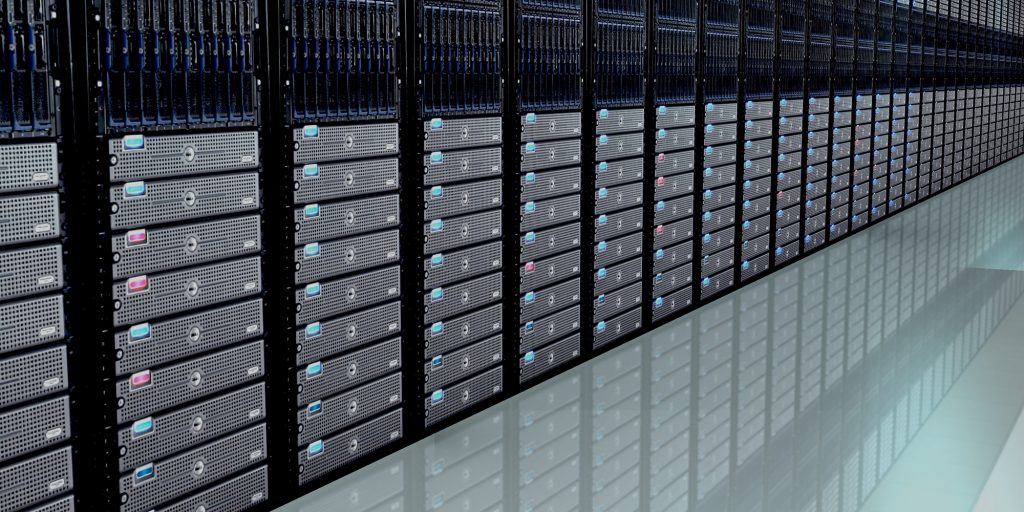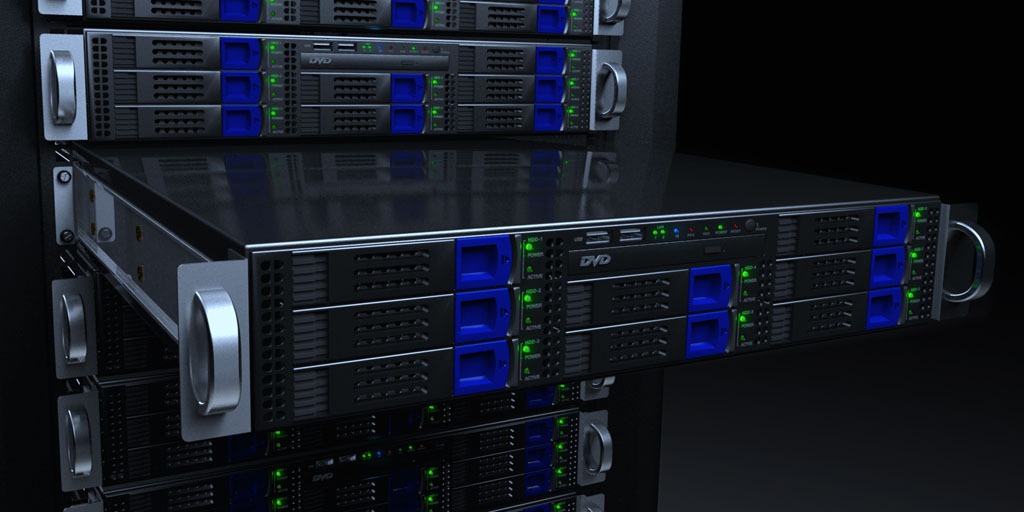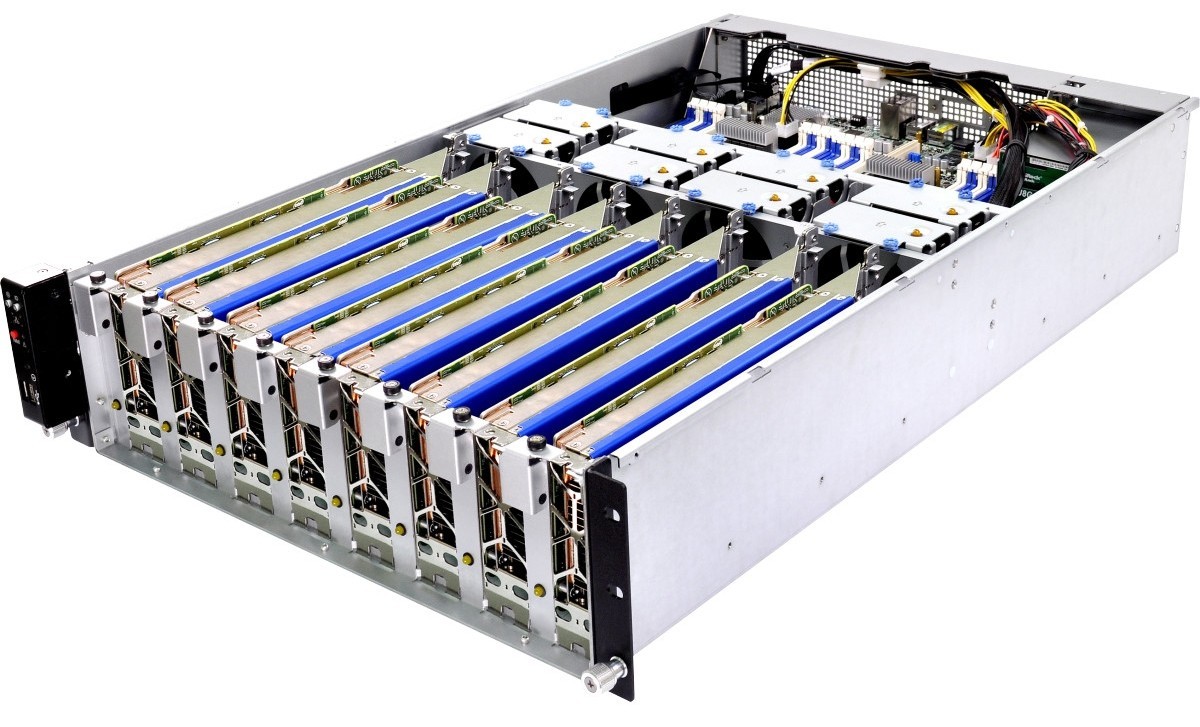Server Solutions
- Home
- Solutions
- MEP Solutions
- Server Solutions

Server Solutions are defined as a group or multiple computers connected to serve a particular function. Servers function based on their required use and provide a specific service related to that use. Server Solutions could also be a piece of software, which connects multiple pieces of hardware in an infrastructure.
Server Solutions is generally referred to as a host which, in metaphorical terms, serves a client with the relevant sets of data.
Among various uses for a server, the most common services include;
- Data Sharing.
- Resource Bank.
- Computation.
Types of Servers
Servers can be classified as;
- Database Server.
- File Server.
- Mail and Print Server.
- Web Server.
- Game and Application Server.
- Communication Server.
- Proxy and Virtual Server.
- Cloud Server.

A server typically works as a facilitator for a “request-response” service so as to provide means of communication between two devices, based on certain “requests” that are followed up with a “response” pertaining to, for example, a specific set of data that requires processing or compute. Ingoing and Outgoing traffic is usually monitored and filtered, with security systems set up to stop any malpractice.
Servers are usually set up as a cluster of reliable, efficient and easily replaceable hardware components (processors, hard drives etc.) that provides an easier time maintaining it. It’s generally enclosed in a “rack” with multiple “hot-swappable” components without downtimes.
Advantages of Server Solutions
Servers provide many benefits based on their type, but common ones include;
- Additional Reliability.
- Scalable Structure.
- Connectivity Options.
- Easier Multi-system Collaboration and Expandability.
- Centralized Location.
- Automated System (Remote Access and Backup).
- Ability to Reconfigure.
Other benefits can include long-run cost savings, security, increased uptime and productivity. Servers usually enable “cloud computing” as a service for clients.

Compulsory Systems
Servers are usually described as maximum-availability systems. A server generally necessitates a few critical components to function properly and securely with minimal fault rates and high fault tolerance. Examples include;
Operating System.
Reliable and compatible software is the key for most server setups. Software availability is usually provided by major and reputable companies such as Intel, Apple, etc.
Backup and Redundancy
Most backup setups include an increased number of storage devices and equipment. The most common include RAID setups of hard drives and usage of ECC memory. Another is the use of pre-boot memory testing and verification.
Power Supply
A reliable and uninterrupted power supply to the mainframe or server rack space is essential to ensure the operation and prevent data corruption or loss. This is done by using backup generators and emergency power systems.
System Cooling and Maintenance
A space full of electrical and electronic components heats up very quickly. To extend the longevity and reliability of a server good and inexpensive insurance is to use air cooling. This can be done with high airflow fans but a downside is its relatively high noise. Water cooling solutions are also available to minimize noise.
Operation, Maintenance and Energy Consumption
Servers typically are operated remotely and managed with very few dedicated individuals on site. This is done by integration of an intelligent Remote Access Software with the existing operating system to improve management remotely. Most operating systems of servers are unequipped with a Graphical User Interface and this necessitates a knowledgeable base in programming or code.
Servers usually are packed in a “rack and stack” format or platform to maximize space efficiency. This is particularly important to unify cooling solutions in space. Racking and stacking are generally achieved by using modular components and a physical mounting solution (such as a rack) and this allows easier installation, maintenance and component switching.
Servers generally run with a good operational price to performance. Yet their raw power usage is typically high and warrants an over-the-top power supply. To reduce costs over time, a built-in “sleep mode” or “smart mode” to certain unused or idle components could be applied. Many newer components on the market are made to significantly cut power requirements, meaning that upgrading to recent technology or hardware could be beneficial.
Maintenance of server spaces requires trained professionals. Downtimes dictate a fast action repair or fix to the components and hence the need for knowledgeable technicians or engineers. Data centers usually have a team of specialized individuals that monitor, upgrade and maintain the server.
